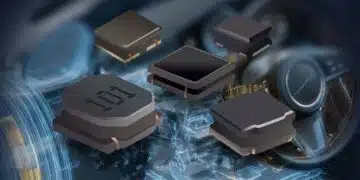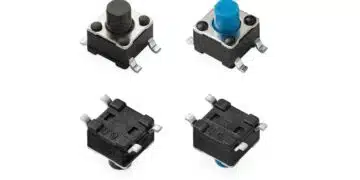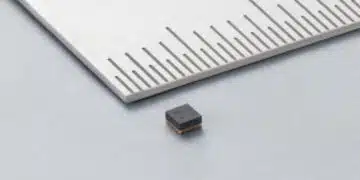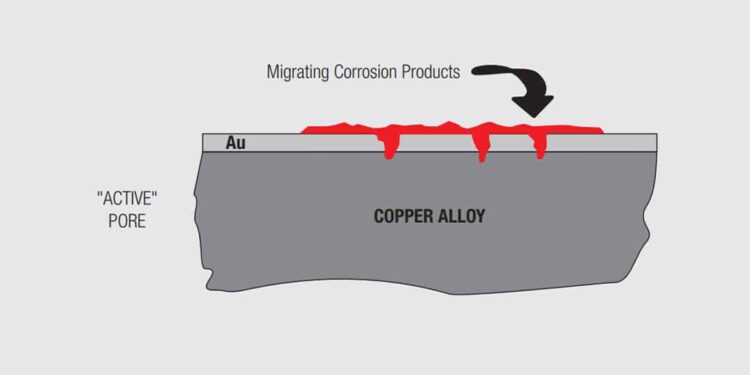The two most significant contact finish degradation mechanisms are corrosion and wear. While wear is a degradation mechanism, its main effect on connector degradation is to make the contact interface more susceptible to corrosion due to wear through of the contact finish with resultant exposure of the copper alloy contact spring.
Wear through of the finish can occur due to the multiple mating cycles the connector may experience during its application life time. That, however, is not the only active wear mechanism. Wear can also occur due to small motions of the contact interface due to mechanical or thermally generated stresses. These small scale motions, fractions of a micron to a few microns, are called fretting. While the wear that occurs during a mating cycle may be much more extensive, due to the larger sliding distance, than that of a fretting cycle, the number of fretting cycles a connector may experience in its application lifetime may be orders of magnitude larger than the number of mating cycles it will experience. Thus, fretting wear cannot be neglected in considering connector degradation mechanisms. In fact, as noted above, fretting wear leading to fretting corrosion is the primary degradation mechanism for tin contact finishes as will be discussed.
The discussion of corrosion as a degradation mechanism will be limited to noble metal and tin finishes. The corrosion related degradation of tin finishes is fretting corrosion as noted previously. In contrast, multiple corrosion mechanisms come into play for noble metal finishes. Recall that in Chapter I/1.2.3 Contact Finishes it was noted that, “the term “noble” refers to the fact that gold is not susceptible to corrosion in most environments.” This statement is true, the gold is not the source of corrosion products, exposed copper from the contact spring is the corrosion source. Due to this difference in corrosion mechanisms and susceptibility noble and non-noble degradation mechanisms will be discussed separately.


































